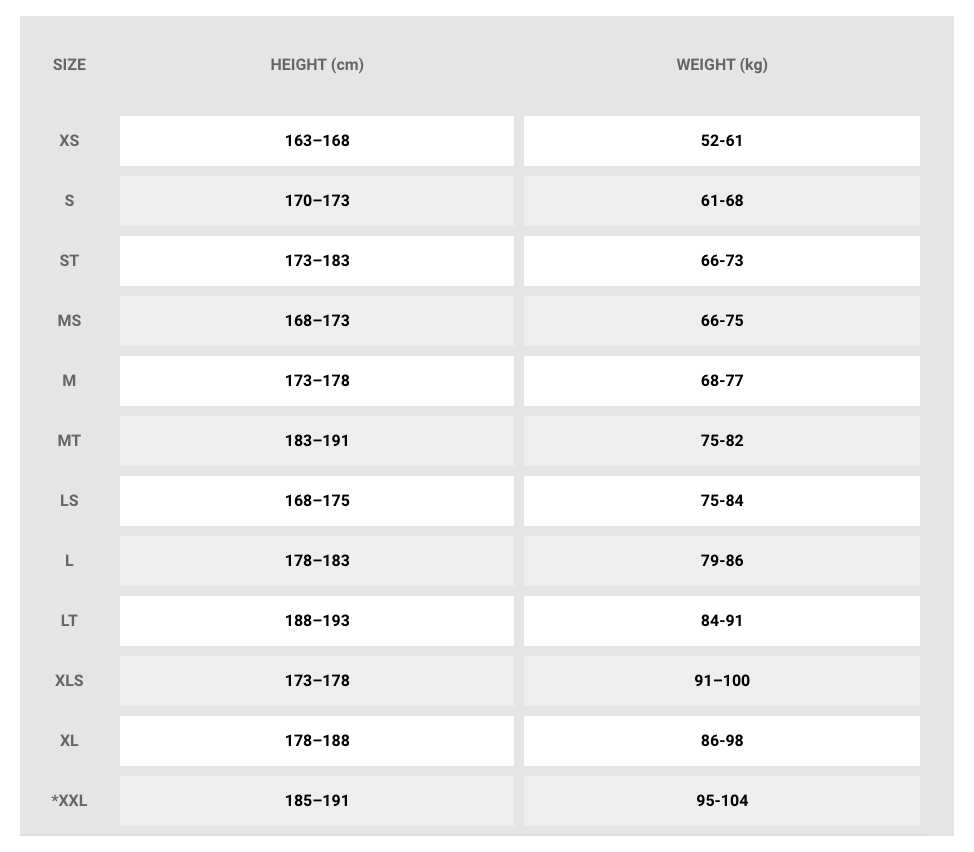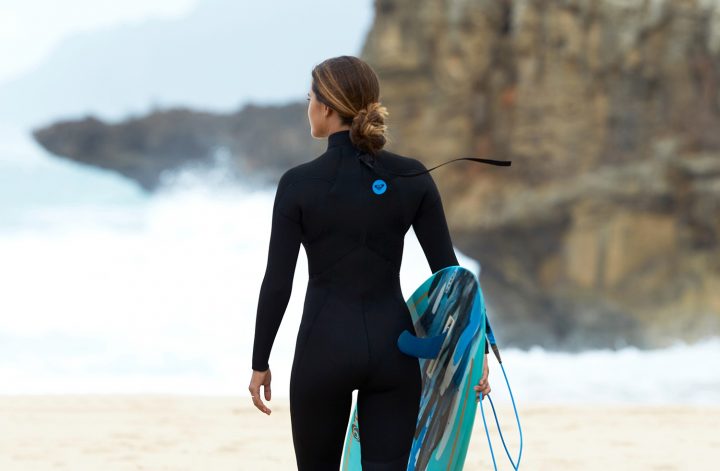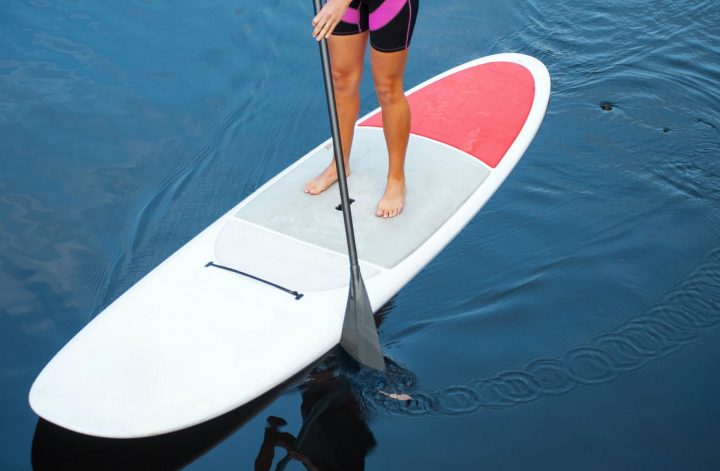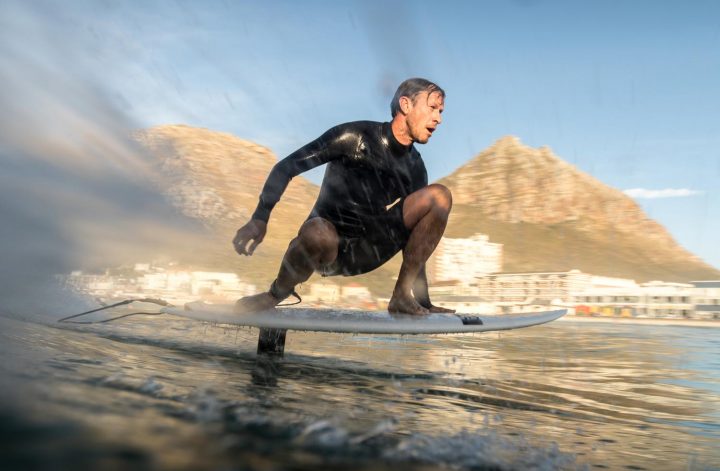Wetsuits are created for specific sports and activities. The correct wetsuit will protect you against water and weather conditions to keep you warm, comfortable, and safe in the water. Read this article to learn how to buy a wetsuit that suits your needs.
Billabong Wetsuit Sizing Guide For Men
Billabong Wetsuit Sizing Guide For Women
Billabong Wetsuit Sizing Guide For Boys
Billabong Wetsuit Sizing Guide For Girls
Hurley Wetsuit Sizing Guide For Men
Hurley Wetsuit Sizing Guide For Women
O’Neill Wetsuit Sizing Guide For Men
O’Neill Wetsuit Sizing Guide For Women
O’Neill Wetsuit Sizing Guide For Kids
Patagonia Wetsuit Sizing Guide For Men
Patagonia Wetsuit Sizing Guide For Women
Rip Curl Wetsuit Sizing Guide For Men
Rip Curl Wetsuit Sizing Guide For Women
Rip Curl Wetsuit Sizing Guide For Kids
Sisstrevolution Wetsuit Sizing Guide For Women
Vissla Wetsuit Sizing Guide For Men
Vissla Wetsuit Sizing Guide For Boys
Finding The Right Wetsuit For You
First things first – ask yourself what will I be using my wetsuit for?
Wetsuit brands make different wetsuits for different sports and activities. If you plan to use your wetsuit mostly for surfing you won’t buy the same wetsuit as your scuba-diving mate. Whether you’re water skiing, wakeboarding, surfing, paddle boarding, swimming, or hitting the waves on a jet ski, there’s an ideal wetsuit design out there for you.
It’s really important to know the water temperature and weather conditions of where you’ll be using the wetsuit. Different wetsuits should be used depending on geographical location and season. If you are not sure what conditions to expect, call some local stores that carry wetsuits and ask for what they recommend for the local water temperature and weather.
There are lots of different materials and sewing constructions used in making wetsuits. Remember, a wetsuit is not supposed to keep you 100% dry; a small amount of water will enter through the seams, zipper, neck, arms, and legs. Then, your body temperature will heat the thin layer of water that is trapped between your body and the material. This may take three to ten minutes depending on the construction, materials, water temperature, and your body’s reaction to the water.
Wetsuit Construction
Familiarizing yourself with the different types of seam construction is an important part of learning how to buy a wetsuit. The four different types are:
- Overlock Stitch
- Flatstitch or Flatlock
- GBS (Glued & Blindstitched)
- GBS with Seam Tape
Overlock Stitch
Overlock is recommended for warm water 18 degrees celsius and up (65 degrees fahrenheit). The seams are stitched on the inside. From the outside, you will not see the stitching. On the inside, you may recognize this construction from clothing. It is commonly used on sweatshirts and t-shirts. Some water may seep in through these seams, but that’s supposed to happen.
Flatstitch or Flatlock
Flatstitch or flatlock is recommended for warm water too, 17 degrees celsius and up (62 degrees fahrenheit). You can recognize this seam from the outside; this stitch looks like a railroad track. The interior and exterior seams look about the same. The interior seam construction is flat and is more comfortable against the body than the overlock stitch. Some water may seep in through these seams too.
Blindstitch
Blindstitch is recommended for colder water. This construction is best for colder water because the seams are glued and then stitched to help prevent seepage. This seam construction looks similar to the flat stitch but is narrower. The seams are glued and bonded together and then stitched in such a way that the thread and needle holes penetrate only the top area of the surface. Some seams are only stitched on one side. Very little water if any will seep through these seams.
Blindstiched with Seam Taping
Blindstitched with seam taping (Fluid Seal) is recommended for extremely cold water, usually 10 degrees celsius and below (50 degrees fahrenheit). The seam construction is the same as above except that the inner seams are reinforced or covered with tape. Very little water if any will seep through these seams.
Wetsuit Materials
Before you focus on sizing, you’ll need to figure out what type of material and thickness are best suited for your needs. There are many different kinds of materials out there, though nearly all are a variant of neoprene. Most wetsuit manufacturers will use similar materials, though they may have different names for them. The materials have changed drastically over the last few years. Wetsuit materials have become more flexible, warmer, and more durable as technology continues to develop. The best materials are usually found in suits featuring blindstitch construction.
Wetsuit materials come in different thicknesses, measured in millimetres. Thickness is expressed using two numbers, separated by a slash. The first number represents the thickness of the material covering the upper body, and the second represents the thickness over the arms, shoulders, and legs. Cold water requires thicker material, up to 7/6mm. Warmer water requires less thickness, perhaps 3/2 or 2/1mm.
Wetsuit Thickness
2/1 MM | Made for cool water: 17 – 20° C / 62 – 68° F
2/2 MM | Made for cool water: 17 – 20° C / 62 – 68° F
3/2 MM | Made for cool water: 13 – 18° C / 56 – 65° F
4/3 MM | Made for cold water: 11 – 14° C / 51 – 58° F
5/4/3 MM | Made for cold water: 8 – 12° C / 46 – 53° F
6/5/3 MM | Made for cold water: 8 – 12° C / 46 – 53° F
6/5/4 MM | Made for cold water: 8 – 12° C / 46 – 53° F
Wetsuit Sizing
Once you have decided the construction and materials/thicknesses, it’s time to find the perfect fit. By now you’ll have narrowed down your choices to just a few, so you can try them on and see how they feel.
If you don’t know what size wetsuits to try, knowing your measurements (waist, torso, etc.) can help when using the size chart. The best method for ensuring a good fit is to come into the shop and try some on! Getting a feel of each suit will help you decide which one is best for you and your needs. Each wetsuit brand tends to have its own sizing chart – you can find these below.
We hope this article helps you find the perfect wetsuit for your sport or activities. If you still have questions or need help just give us a call or come into the shop.

O’Neill Wetsuit Sizing Measurements For Men:

O’Neill Wetsuit Sizing Measurements For Women:

O’Neill Wetsuit Sizing Measurements For Kids:

Billabong Wetsuit Sizing Measurements For Men:

Billabong Wetsuit Sizing Measurements For Women:

Billabong Wetsuit Sizing Measurements For Girls:

Billabong Wetsuit Sizing Measurements For Boys:

Vissla Wetsuit Sizing Measurements For Men:

Vissla Wetsuit Sizing Measurements For Boys:

Patagonia Wetsuit Sizing Measurements For Men:

Patagonia Wetsuit Sizing Measurements For Women:

Hurley Wetsuit Sizing Measurements For Men:

Hurley Wetsuit Sizing Measurements For Women:

Rip Curl Wetsuit Sizing Measurements For Men:

Rip Curl Wetsuit Sizing Measurements For Women:

Rip Curl Wetsuit Sizing Measurements For Kids:

Sisstrevolution Wetsuit Sizing Measurements For Women:




